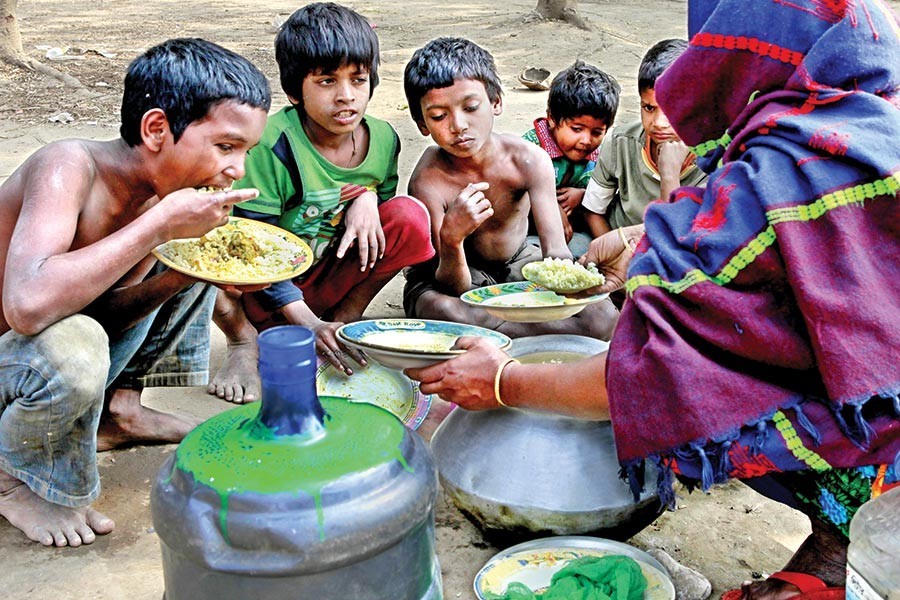While painting troubling challenges for governments and societies over cross-cutting issues of malnutrition, this year's Global Nutrition Report sounded both warnings and sign-posted ways forward as well.
Stepped-up targeted funding requirements apart, it is the quality of response to the challenges of undernutrition, obesity or both that has been forcefully advocated by the report. In a nutshell, the following are the points of emphasis:
1) We will not succeed in tackling malnutrition unless our efforts encompass both the causes and effects of malnutrition;
2) Food supplementation coupled with working across other sectors to improve healthcare, water, and sanitation infrastructure, sustainable food production, peace and stability and gender equality will play a critical role in nutrition;
3) Breastfeeding to provide infants immunity from infectious diseases early in their lives beside leaving children and their mothers less prone to unhealthy weight gain and accompanying diseases in later life;
4) Smart spending on nutrition, especially in the first 1,000 days of life, is one of the most effective investments any government can make; for 'we know that a well-nourished child is a third more likely to escape poverty and good nutrition provides the brain-power needed to build economies of the future.'
Last but not least, the global report on the subject urges all governments to place nutrition at the heart of global efforts to meet the UN Sustainable Development Goals(SDGs).
Turning to Bangladesh, we come to notice a certain regression in nutritional intakes. From what has been a mixed picture of good cereal productivity and a higher protein output, thanks to increases in poultry and fish production, the floods in tandem with procurement complications have constricted the supply side of the economy. But the negative upshot in the nutritional status has not been so much a product of reduced availability as it is of an altered habit.
The latest Household Income and Expenditure Survey (HIES), 2016 by the Bangladesh Bureau of Statistics (BBS) has found that falling trend in rice intake may have led to lower calorie intake.
Per capita calorie consumption in the urban areas dropped rather sharply by 113.8 Kcal to 2130.7 Kcal per day in 2016 from 2244.5 Kcal in 2010.The calorie intake in rural areas a little less by 104.4 Kcal in place of 113.8 as in urban centres which is still worrying given the spread of population in rural Bangladesh.
Evidently, the falling intake on the national level is going to push a large number of people below the poverty line drawn on a minimal calorie intake of 2122 Kcal which again falls short of the world standard. This could affect some groups of already vulnerable people like mothers, children and poor households. With decreasing levels of nutrition, they will be exposed to health hazards leading to drop in productivity. All this is likely to undercut poverty alleviation programmes.
So, we echo the words of World Bank Lead Economist Dr. Zahid Hussain: "It is important to maintain the standard calorie intake by all age-groups and poverty levels."
The point to note is that the decrease in consumption has been recorded not just in rice and wheat but also in milk and milk products, fruits, vegetables since 2010. Only consumption of egg, chicken and fish has increased.


